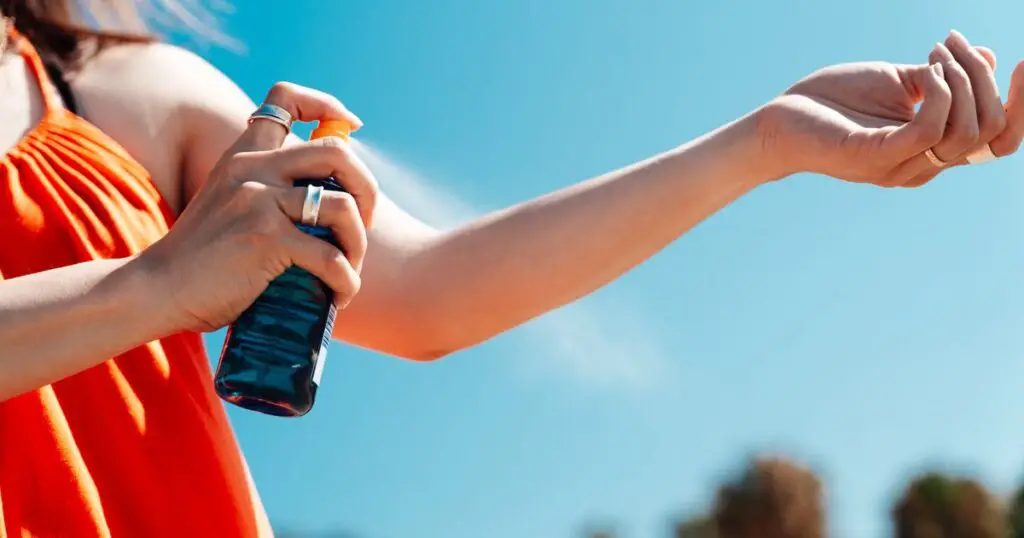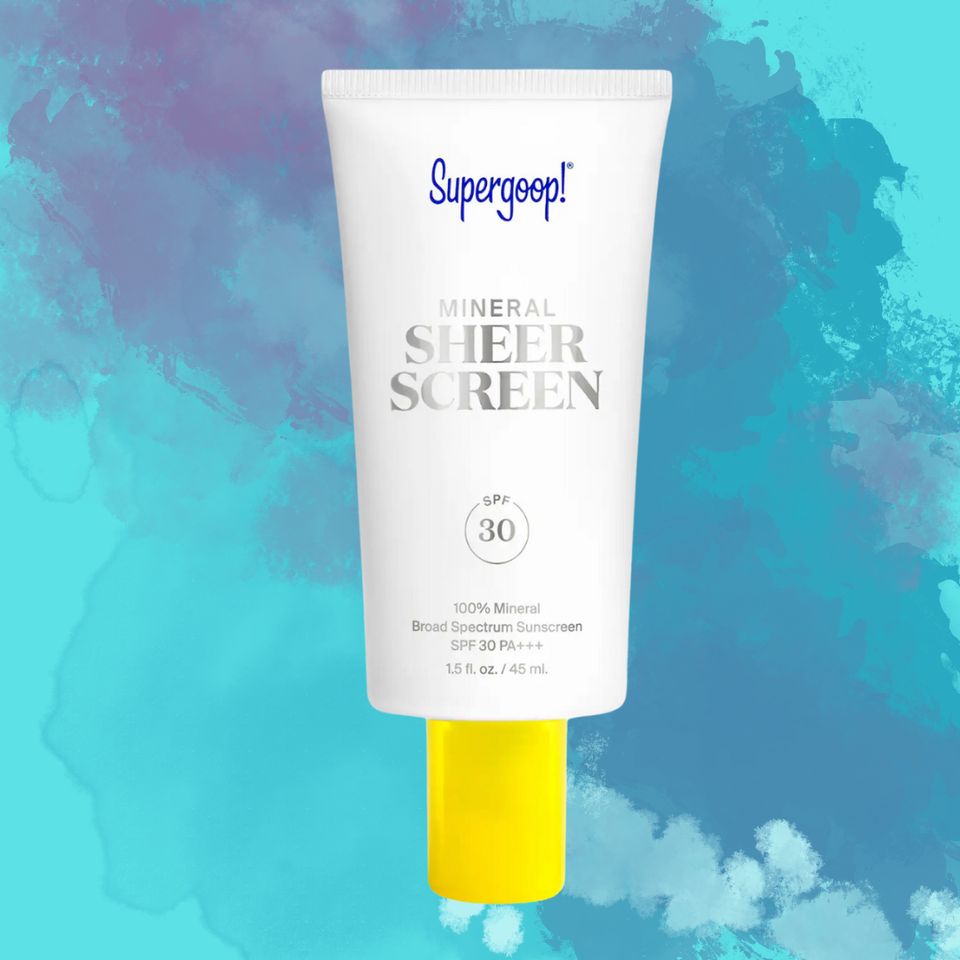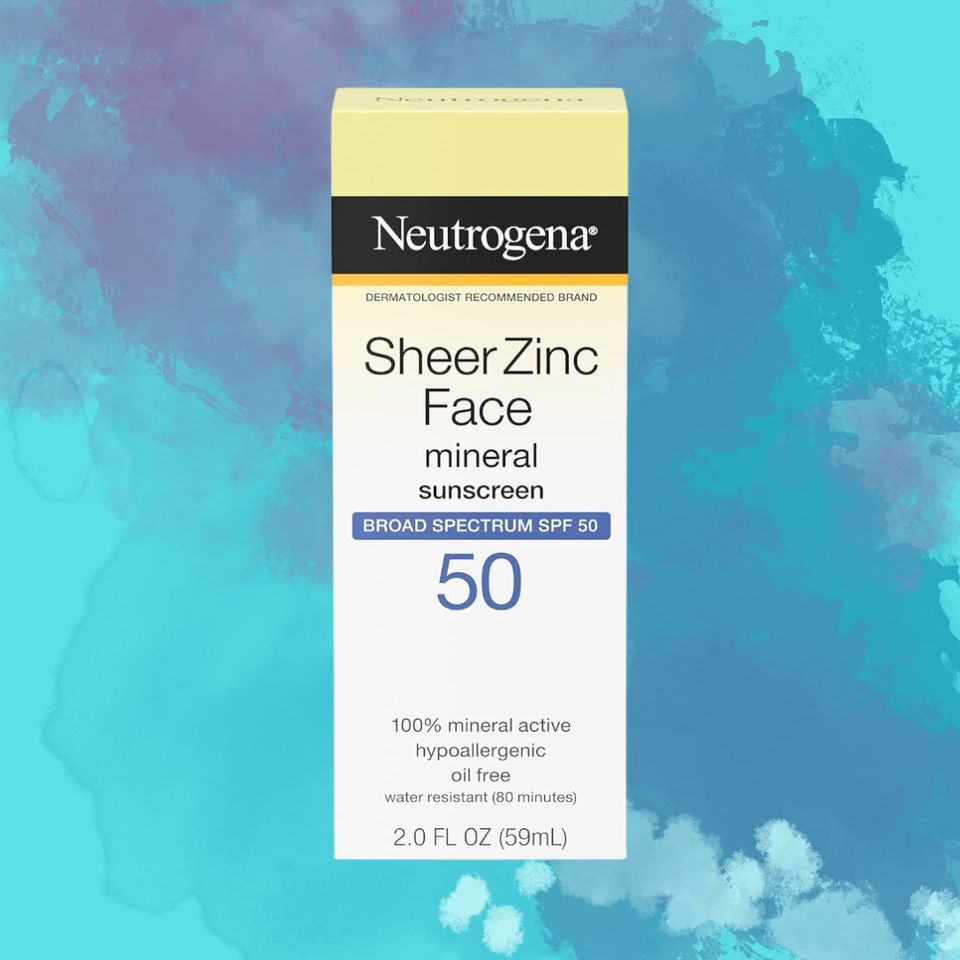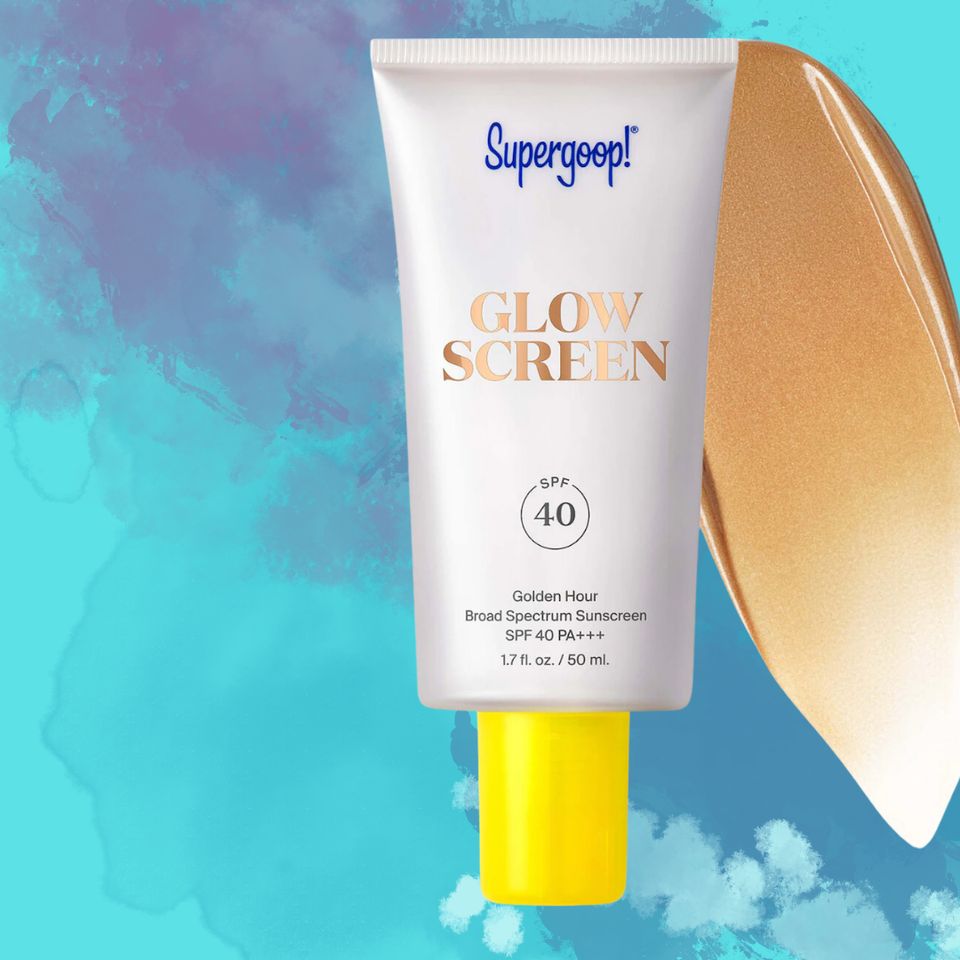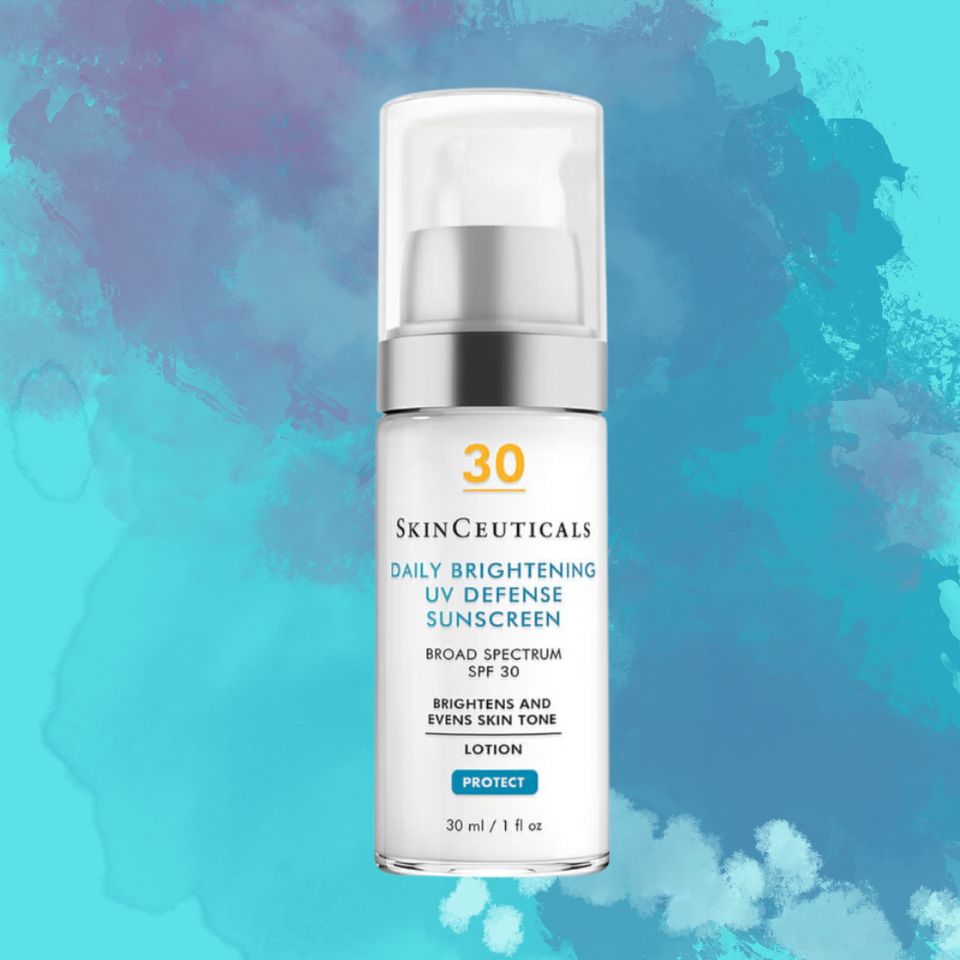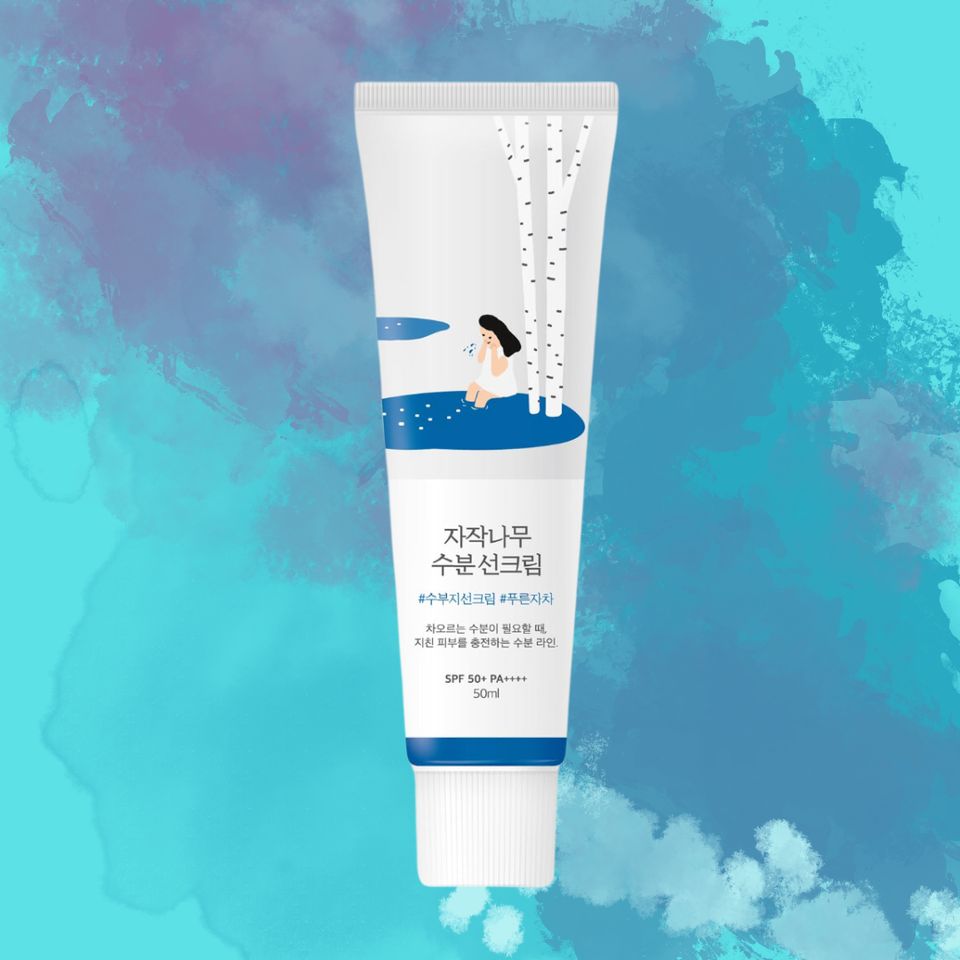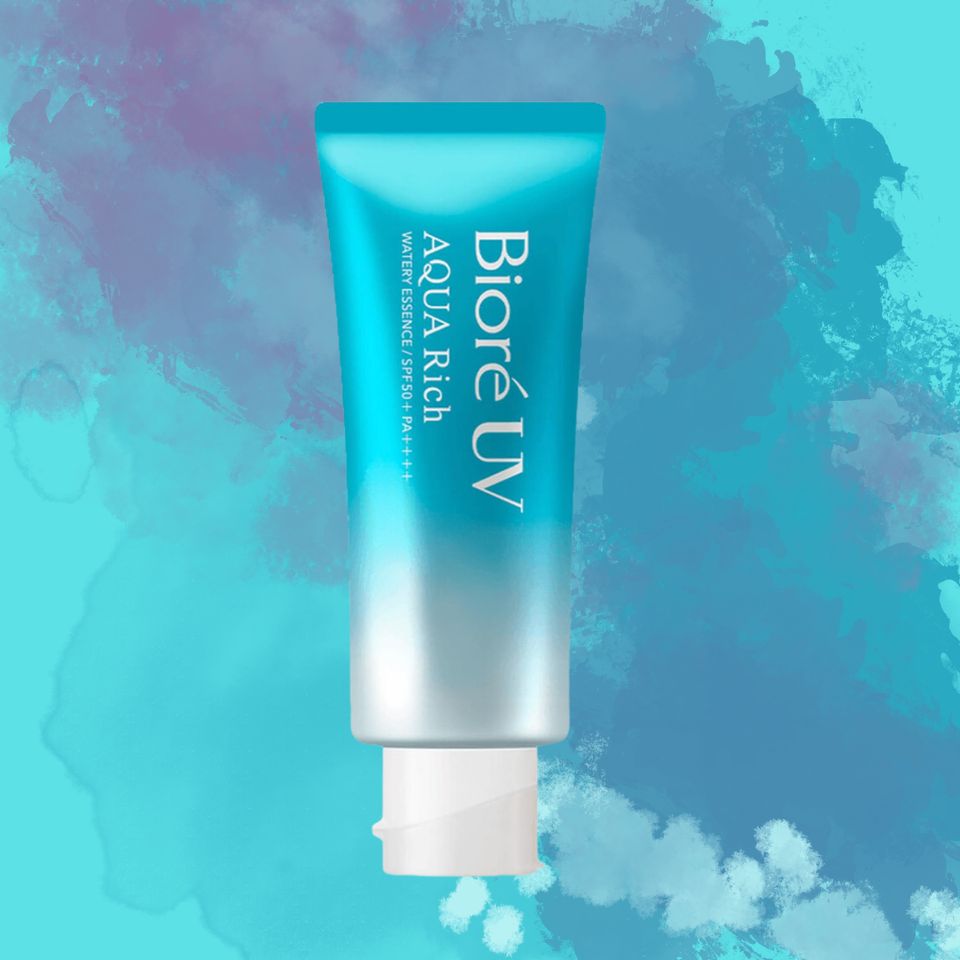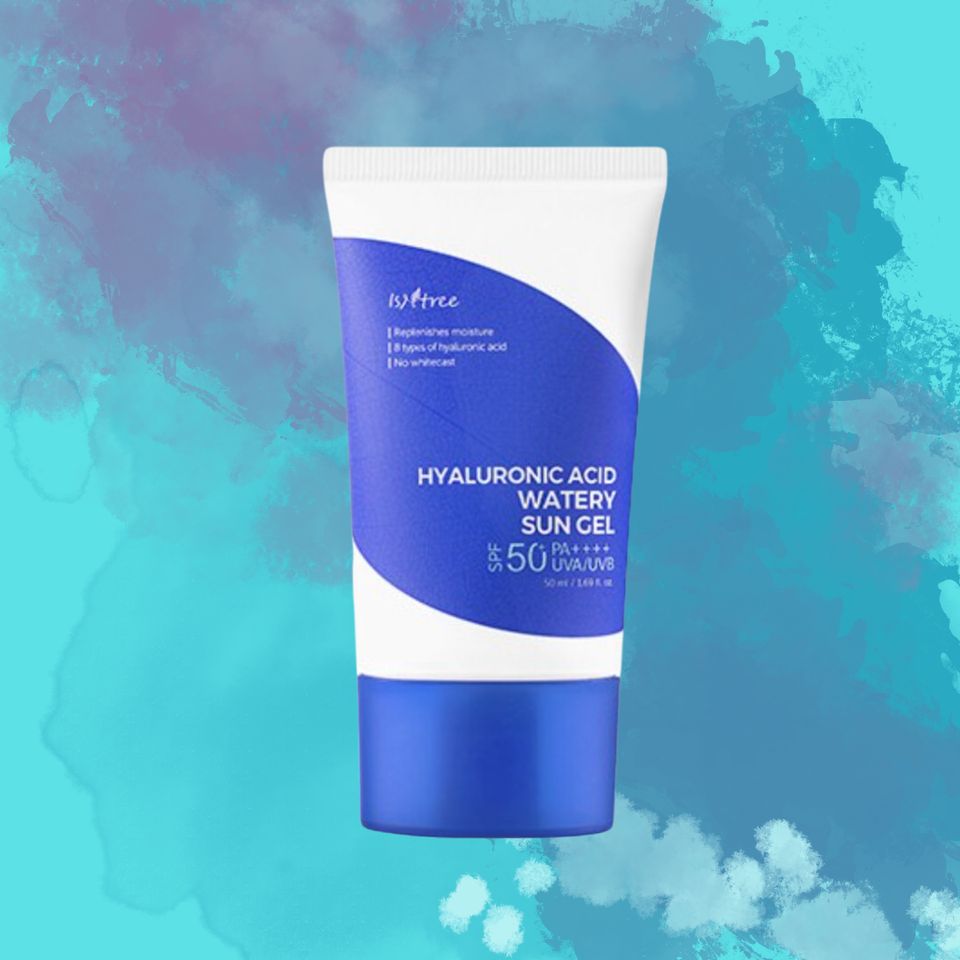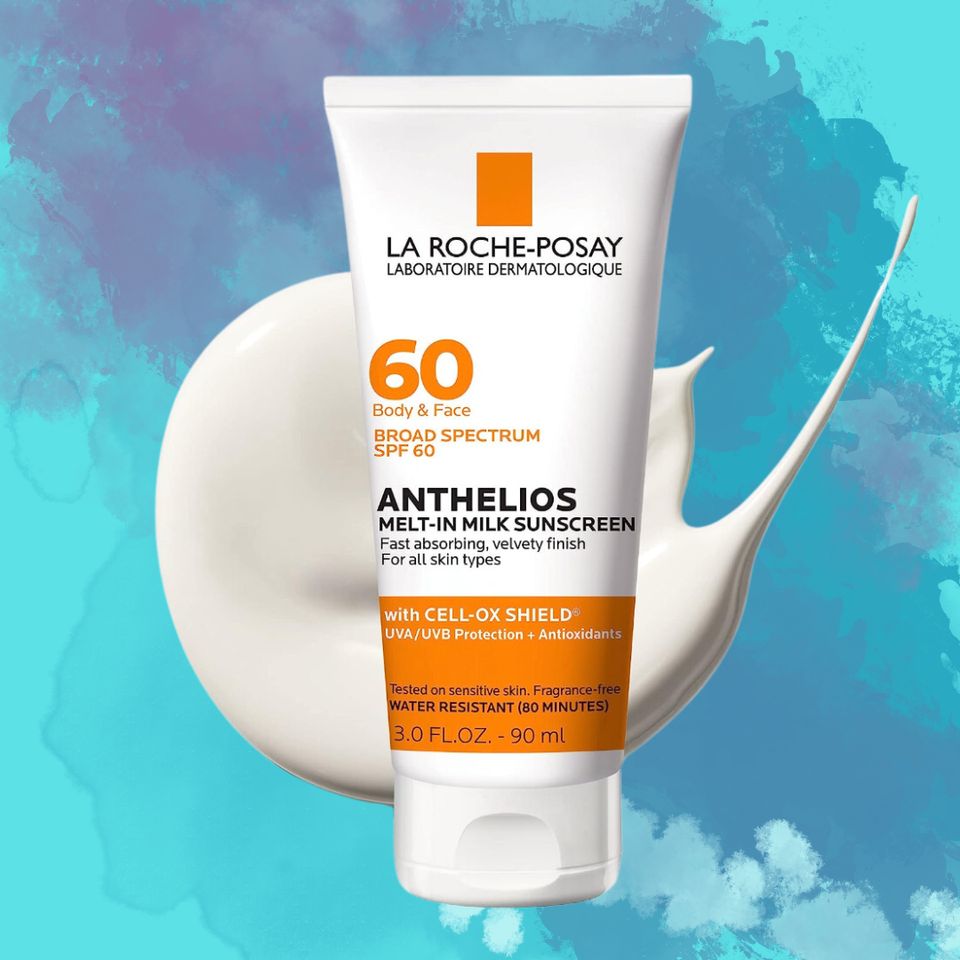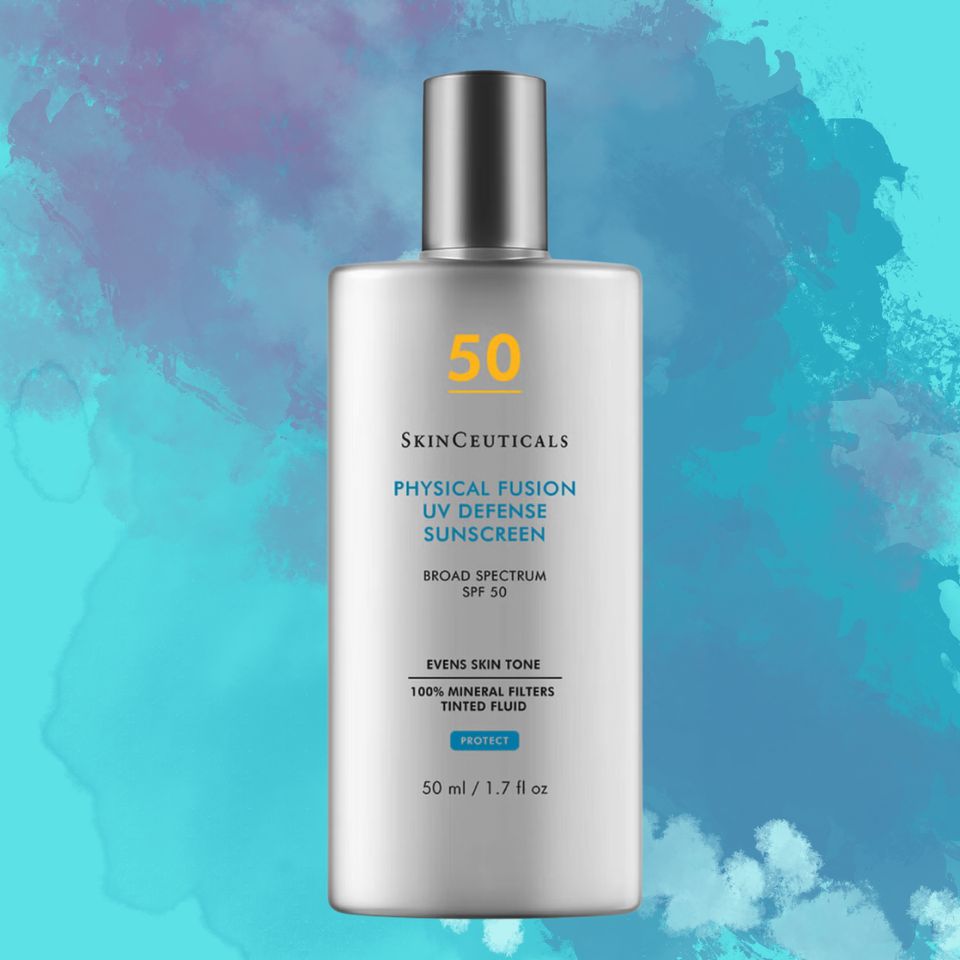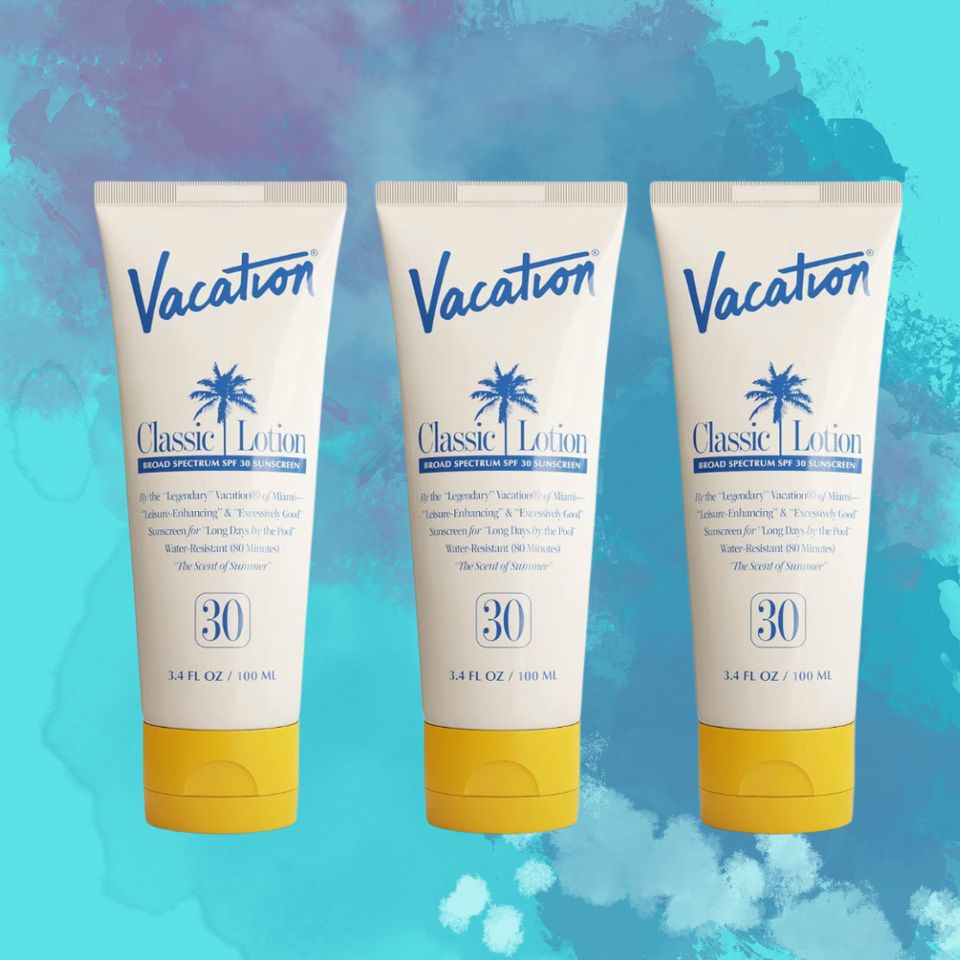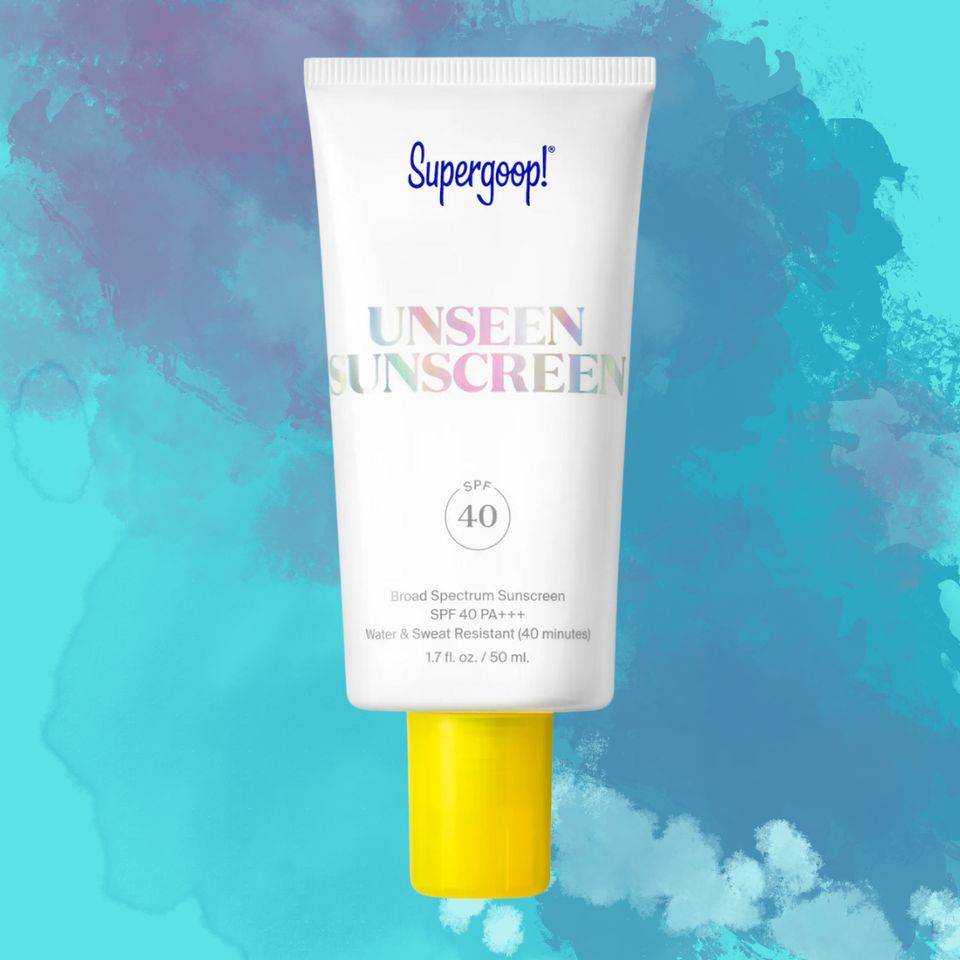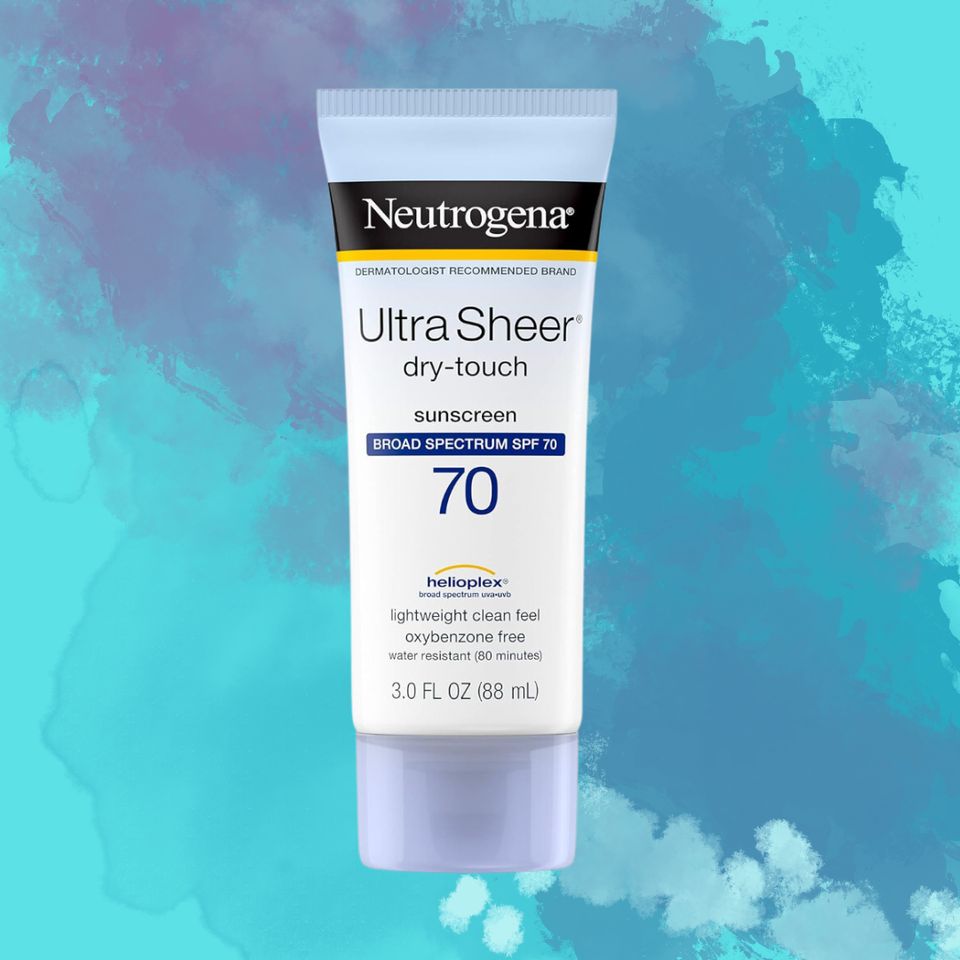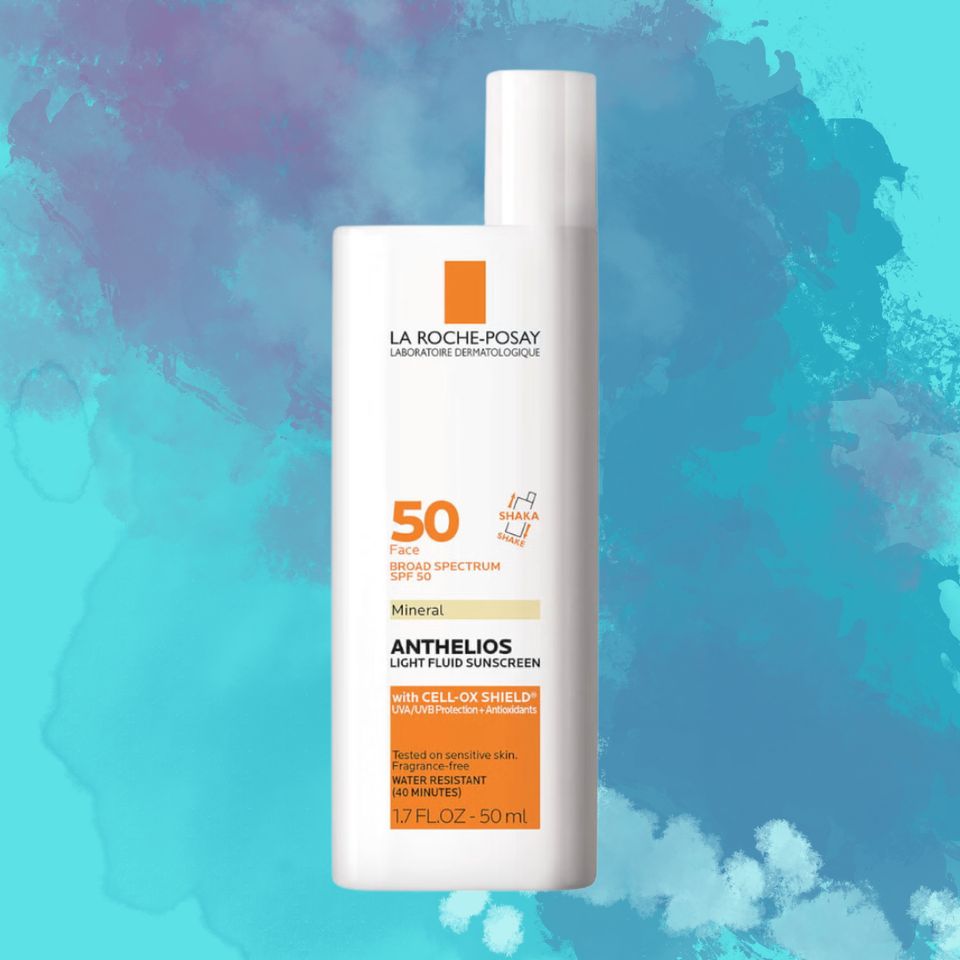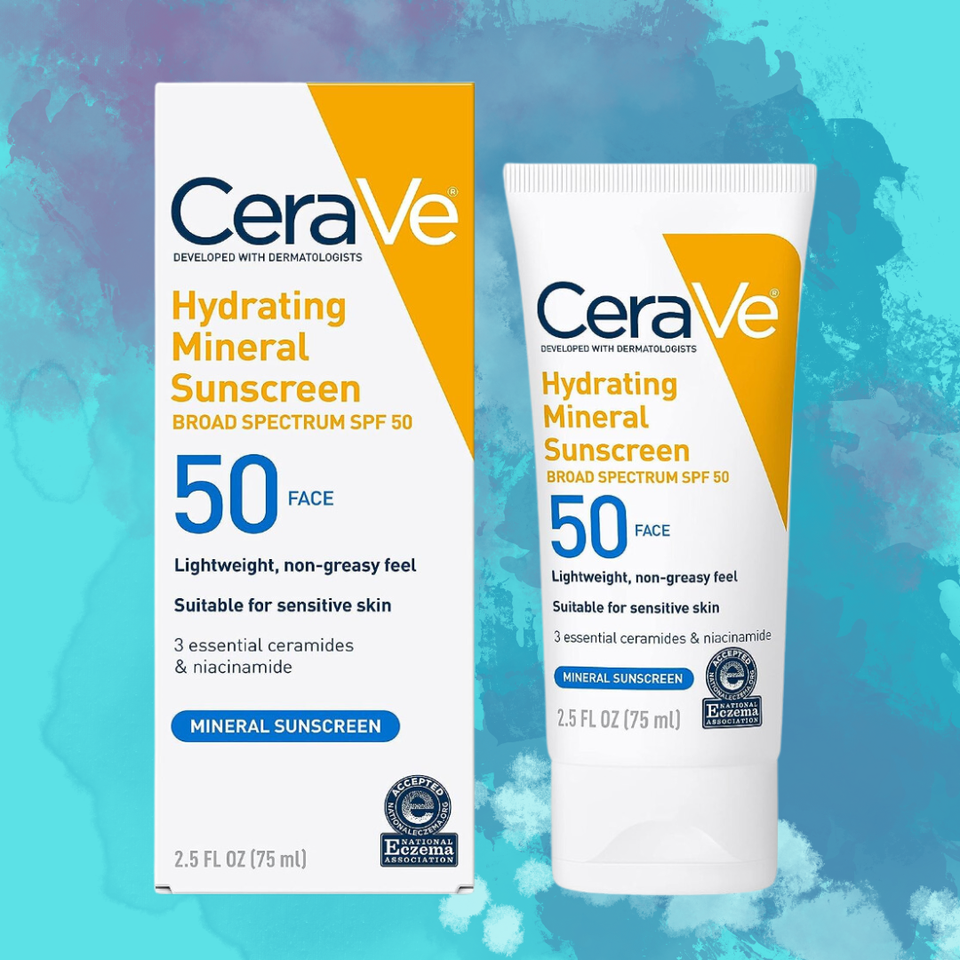It’s been proved that properly wearing sunscreen can help prevent sunburn, premature aging and skin cancer. But there are common mistakes that many of us make when applying sunscreen that can minimize its effectiveness — and an alarming number of young adults doubt the benefits of sunscreen altogether.
Experts say Generation Z tends to follow misinformation about sunscreen and skin cancer on TikTok and other social media platforms, according to The New York Times. And a survey from the American Academy of Dermatology (AAD) showed that adults ages 18-26 are tanning at increased rates and therefore are at risk for skin cancer.
“I’m a [dermatologic] surgeon and cut out skin cancer every day,” Dr. Anthony Rossi, a board-certified dermatologist at Memorial Sloan Kettering Cancer Center, told HuffPost.
“We see so [much] skin cancer … [especially on] people who are tanning,” he added. “We don’t want that to happen to the next generation.”
Because of the pervasive sun safety myths circulating on social media, it’s more important than ever to be aware of the benefits of sunscreen and how to correctly apply it. We talked to dermatologists about the one thing they never do when putting on sunscreen — and what they do instead. Read on for their tips.
Using Sunscreen After It’s Expired
“I ensure the sunscreen hasn’t expired before use, as its protective qualities diminish past its expiration,” explained Dr. Danilo C. Del Campo, a board-certified dermatologist at the Chicago Skin Clinic. Using expired sunscreen can expose the skin to “damaging effects of the sun’s UV radiation, which are known causes of skin cancer, accelerated aging and sunburns.”
Not all sunscreens include an expiration date on the bottle. For those that don’t, remember that sunscreen is considered expired three years after it’s purchased, according to the U.S. Food and Drug Administration.
Inhaling Spray Sunscreen
When you’re spraying sunscreen on your body and face, you may end up accidentally breathing in aerosols. Two dermatologists said they do whatever they can to avoid this.
“[Spray] sunscreens are not made to be inhaled,” Rossi said. If you do breath them in, they can cause irritation and asthma flare-ups.
“The safety of the ingredients in spray sunscreens was only tested on application of the skin,” added Dr. Anne Chapas, a board-certified dermatologist and fellow of the AAD. “We do not know [all] the effects of these ingredients on lung tissue through inhalation.“
For this reason, if you are going to use spray sunscreen, she recommends avoiding applying it directly on the face. Instead, spray onto your hands first and then rub in.
You also want to make sure you apply an even coat on your body, Rossi advised. Spray until your skin glistens and rub in thoroughly, according to the AAD. For reference, a 6-ounce bottle of spray sunscreen contains about six applications.
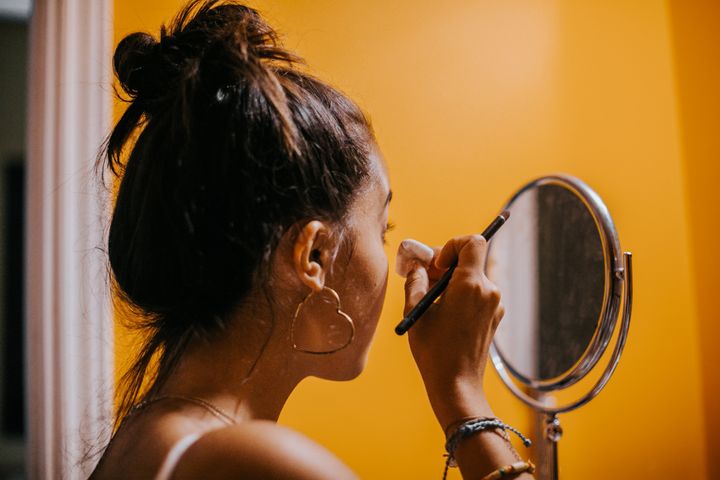
Carol Yepes via Getty Images
Combining Sunscreen And Makeup
“I never mix my sunscreen with my makeup because the efficacy of sunscreen is directly correlated with an even application of the sunscreen ingredients across the skin’s surface,” said Dr. Whitney Bowe, a board-certified dermatologist and founder of Dr. Whitney Bowe Beauty. “When you disrupt the homogeneity of the sunscreen by blending it with other cosmetic products, it can leave you with gaps in protection.”
While some videos on social media suggest mixing sunscreen and makeup together in the palm of your hand to make a “smoothie,” Bowe doesn’t recommend this. Instead, apply sunscreen as its own layer on the skin, wait at least 30 seconds for it to absorb and then put makeup on top of that.
Not Applying Sunscreen As Part Of Your Daily Morning Routine
“I never skip putting on sunscreen, rain or shine, indoor or outdoor, summer or winter,” said Dr. Heather D. Rogers, a board-certified dermatologist and founder of Doctor Rogers Skin Care. “I do it every day as part of my morning skin care routine of splashing my face with water [and] applying a vitamin C serum, moisturizer and then sunscreen.”
Even on an overcast day, UV radiation can pass through the clouds and cause skin damage, according to the U.S. Environmental Protection Agency. Certain materials like snow, water and sand can reflect UV radiation and increase your chance of sunburn. And even when you’re indoors, UVA can come through windows, Rogers explained.
“We are creatures of habits and applying the first layer of protection as part of your morning routine [also] helps you be prepared when your indoor day becomes an outdoor day,” she said. “Find one you like and use it every morning.”
Not Putting On Enough Sunscreen Because It Doesn’t ‘Look Or Feel Good’ On The Skin
“I choose formulations that feel good on the skin and are good for the skin [so] that there is no excuse not to use them,” said Dr. Ivy Lee, a board-certified dermatologist and chair of the Augmented Intelligence Committee at the AAD.
She advocates for “multitasking sunscreens” that include moisturizer and antioxidants and protect against ultraviolet and high-energy visible light. She also prefers mineral sunscreens, which contain zinc oxide, titanium dioxide or both. These are known for being gentler on sensitive skin than some of the chemical sunscreens, according to WebMD. Look for sunscreens labeled as broad-spectrum (protects against both UVA and UVB radiation) and UPF 30+.
“Exploring various sunscreens to find one that meets your preferences in feel, scent and texture is … beneficial,” Del Campo said. “There’s definitely a suitable option for everyone.”
In terms of amount and frequency, the AAD recommends that most adults use about 1 ounce (about a shot glass) of sunscreen to cover their body and reapply every two hours if outdoors or after sweating or swimming.
A Few Other Common Mistakes To Avoid
Don’t forget to put sunscreen on all body parts that are exposed to the sun, including the tops of your feet, your ears and the top of your head, according to the AAD.
“You [also] need SPF on the lips and on the outside of [them],” Rossi said. “I cut out a lot of skin cancers on the bottom of the lip.”
In addition to applying sunscreen, there are other steps you should take to protect your skin from sun damage.
“Seek shade, wear sun protective clothing including hats, sunglasses and long sleeves, and avoid prolonged exposure to the sun during the hottest hours of the day,” Rogers suggested.
She said this doesn’t mean you need to stay inside, but just be smart about the time you spend outdoors.
“Get [outside] in the morning or evening, bring an umbrella with you to the beach, and never just lie in the sun for the sake of getting tan,” she added.
Most importantly, don’t underestimate the value of sunscreen and fall victim to mistruths about it on social media.
“Daily sunscreen is the most effective way to prevent aging, sun damage and skin cancer,” Lee said. “This simple habit [helps with] … wrinkles, even skin tone, glow, hydration and suppleness of the skin in the short term and [lowers] skin cancer risk in the long term.”
Looking for a new sunscreen? Check out reviewers’ favorite brands.
HuffPost and its publishing partners may receive a commission from some purchases made via links on this page. Every item is independently curated by the HuffPost Shopping team. Prices and availability are subject to change.
HuffPost Readers’ Favorite Mineral Sunscreens
Summer Fridays ShadeDrops Mineral Milk Sunscreen SPF 30
Supergoop! Mineral Sheer Screen SPF 30
Neutrogena Sheer Zinc Face mineral sunscreen SPF 50
HuffPost Readers’ Favorite Chemical Sunscreens
Supergoop! Glow Screen SPF 40
SkinCeuticals Daily Brightening UV Defense sunscreen
Beauty of Joseon probiotic SPF 50+
HuffPost Readers’ Favorite Korean And Japanese Beauty Sunscreens
Round Lab moisturizing birch juice sun cream
Biore UV Aqua Rich Sunscreen Water Essence facial sunscreen
Isntree hyaluronic acid watery sun gel
HuffPost Readers’ Favorite Water-Resistant Sunscreens
La Roche-Posay Anthelios Melt-In Milk sunscreen SPF 60
SkinCeuticals Physical Fusion UV Defense mineral sunscreen
Vacation Classic Sunscreen Lotion SPF 30 travel size three-pack
HuffPost Readers’ Favorite Sunscreens At Amazon
Sun Bum Original SPF 50 sunscreen
Supergoop! Unseen Sunscreen spf 40
HuffPost Readers’ Favorite Sunscreens For Mature Skin
La Roche-Posay Anthelios Ultra-Light sunscreen SPF 50

